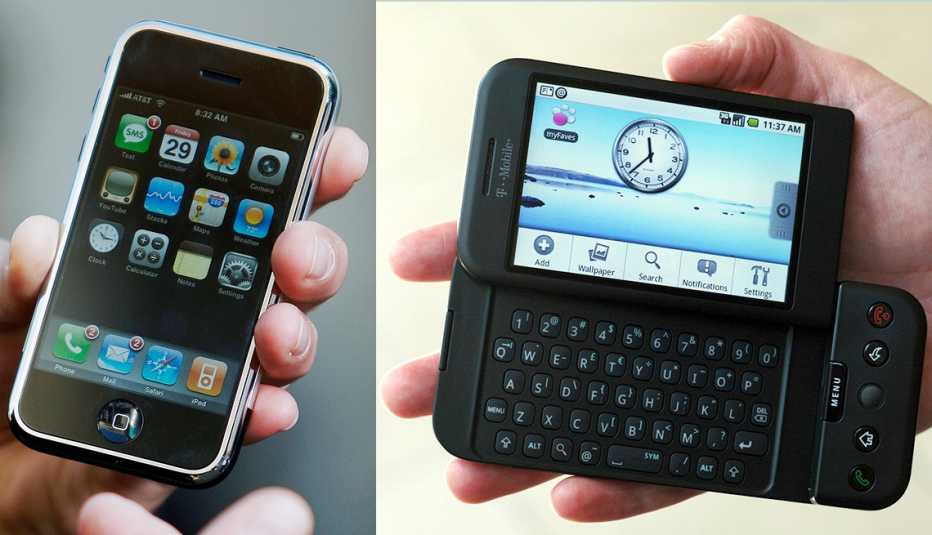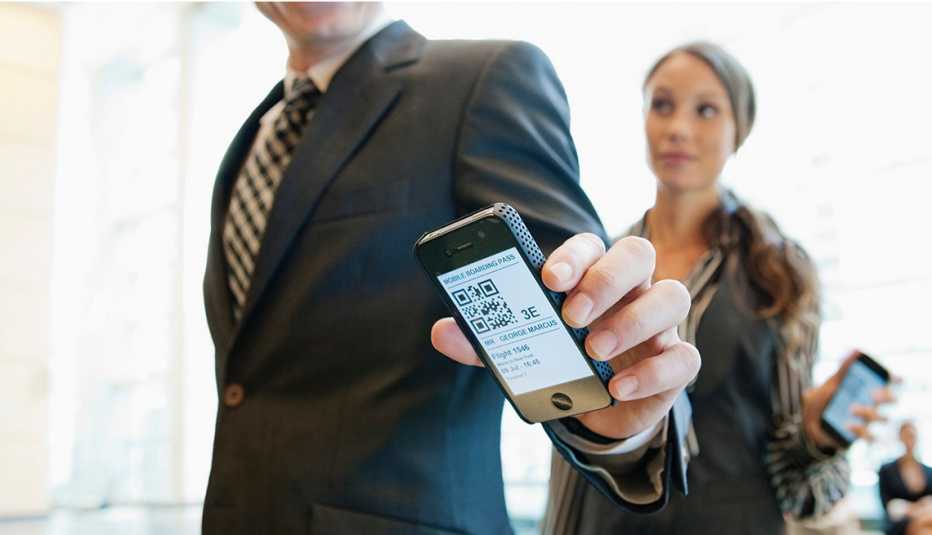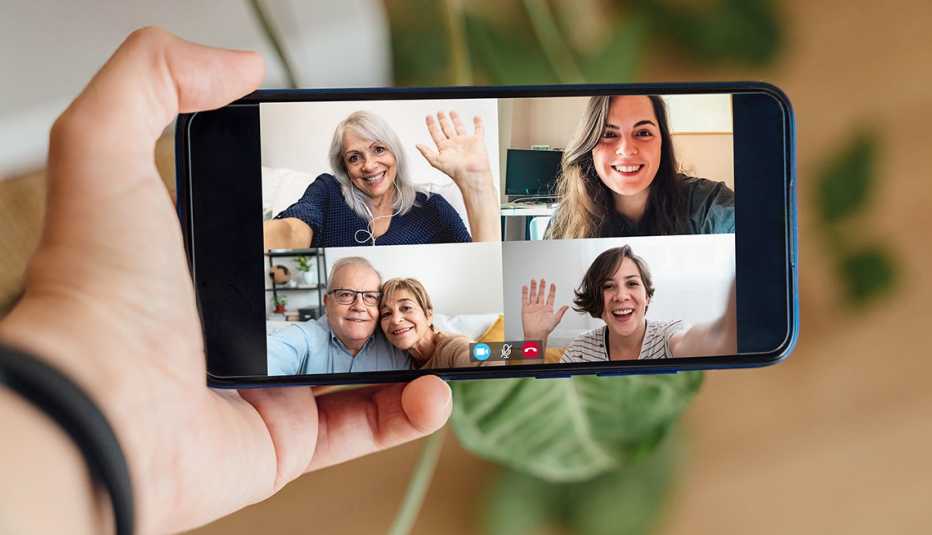AARP Hearing Center


As one of only four tech reviewers who got to test the original iPhone ahead of its June 2007 release, I likened Apple’s prized new smartphone to a “prodigy” and “glitzy wunderkind” in USA Today.
The thing about prodigies is that no matter how gifted, many flame out, I later wrote.
Spoiler alert: The iPhone didn’t flame out. And neither, collectively, did the class of smartphones based on the rival Android operating system, which began to surface in September 2008 with the first-to-ship HTC Dream, also known as the T-Mobile G1.
Few people in those early years predicted just how disruptive these powerful pocket computers would become. Or how they would profoundly touch every aspect of society and the way folks tend to day-to-day affairs. Smartphones affect the way we shop, handle finances, socialize, travel, consume news and experience entertainment.
“The key thing that the iPhone delivered is a pocketable platform for creating all types of innovative functions and services,” says veteran technology consultant Tim Bajarin, chairman of Creative Strategies in San Jose, California.
Some features weren’t around originally
For all the praise — and hype — heaped on it in 2007, the iPhone wasn’t perfect at the start. It lacked several attributes that people would eventually take for granted. Ditto for Androids.
Apple’s App Store was still a year away, which also meant the iPhone contained nothing but what Apple included. The famous “there’s an app for that” slogan hadn’t entered our consciousness.
At the outset, you didn’t have Siri to take spoken requests. It was released as a stand-alone app in 2010 before Apple acquired it and folded it into iOS. Google Assistant didn’t come to Android handsets until many years later.
The original iPhone’s rear camera lacked a flash, and the front had no camera at all. Not until the iPhone 4’s front camera, which debuted in 2010, did “selfie” become a common word.
And back then, a single U.S. wireless provider, AT&T, supported the iPhone on a network that was rather poky. Now all major U.S. and foreign carriers embrace iPhones and myriad Android smartphones, and they offer speedier service on 5G networks.







































































More from AARP
Use Your Smartphone to Print Important Documents
All it takes are a few tweaks
12 Apps to Get Free TV, Streaming Video When You Want
You have options if you don’t mind ads
Use Your Smartphone’s Hot Spot to Connect to Wi-Fi
Many mobile phone and plans now allow this option